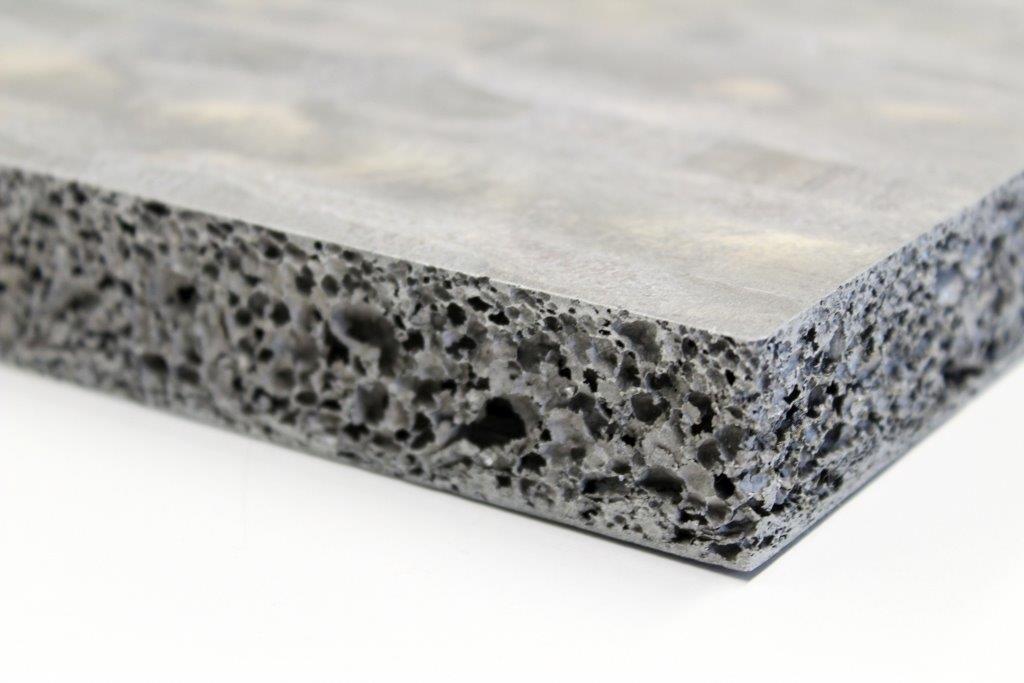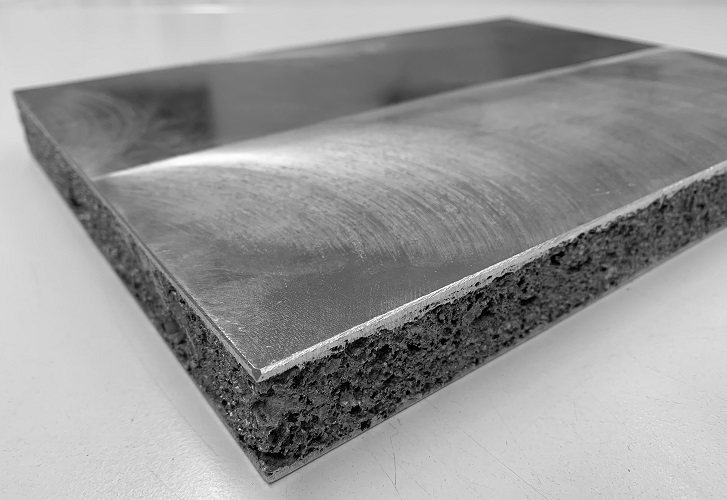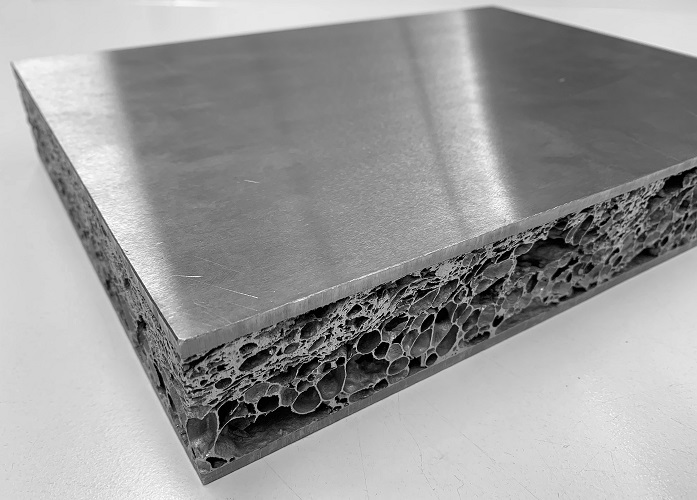Material Hub > Materialien
Materialien
-
Kategorie PiezokeramikenEinsatztemperatur -40 – 150 °CDichte –
-
Kategorie PiezokeramikenEinsatztemperatur -40 – 80 °CDichte –
-
Kategorie PiezokeramikenEinsatztemperatur -40 – 150 °CDichte –
-
Kategorie PiezokeramikenEinsatztemperatur -40 – 150 °CDichte –
-
Kategorie PiezokeramikenEinsatztemperatur -20 – 150 °CDichte –
-
Kategorie PiezokeramikenEinsatztemperatur -20 – 150 °CDichte –
-

Geschlossenzelliger Aluminiumschaum (pulvermetallurgisches Verfahren)
Fraunhofer IWU, Abteilung Leichtbau, Textiltechnologien und Circular Economy
Kategorie zellularer WerkstoffEinsatztemperatur –Dichte 0.7 g/cm³ -

Sandwich mit Aluminiumdeckblechen und Aluminiumschaumkern (Aluminium-Aluminiumschaum-Sandwich)
Fraunhofer IWU, Abteilung Leichtbau, Textiltechnologien und Circular Economy
Kategorie Verbund mit zellularem WerkstoffEinsatztemperatur –Dichte 0.7 g/cm³ -

Sandwich mit Stahldeckblechen und Aluminiumschaumkern (Stahl-Aluminiumschaum-Sandwich)
Fraunhofer IWU, Abteilung Leichtbau, Textiltechnologien und Circular Economy
Kategorie Verbund mit zellularem WerkstoffEinsatztemperatur –Dichte 0.7 g/cm³ -
Kategorie ElastomereEinsatztemperatur -50 – 150 °CDichte 1.22 g/cm³
-
Kategorie ElastomereEinsatztemperatur -20 – 200 °CDichte 2.3 g/cm³
-
Kategorie ThermoplasteEinsatztemperatur -40 – 100 °CDichte 1.15 g/cm³
-
Kategorie ThermoplasteEinsatztemperatur < 260 °CDichte 1.32 g/cm³
-
Kategorie ThermoplasteEinsatztemperatur -50 – 100 °CDichte 1.4 g/cm³
-
Kategorie ThermoplasteEinsatztemperatur -200 – 260 °CDichte 3 g/cm³
-
Kategorie ThermoplasteEinsatztemperatur -200 – 260 °CDichte 2.1 g/cm³
-
Kategorie ThermoplasteEinsatztemperatur -200 – 260 °CDichte 2.04 g/cm³
-
Kategorie ThermoplasteEinsatztemperatur -200 – 260 °CDichte 2.25 g/cm³
-
Kategorie ThermoplasteEinsatztemperatur -200 – 260 °CDichte 2.13 g/cm³
-
Kategorie ThermoplasteEinsatztemperatur -200 – 260 °CDichte 2.17 g/cm³
Facetten
Kategorie
Anwendungsgebiete
Freigaben
Hersteller
- Frenzelit GmbH
- Havel metal foam GmbH
- PI Ceramic
- seal-mart GmbH
- Röchling Engineering Plastics SE & Co. KG 144
- Röchling Sustaplast SE & Co. KG 84
- Röchling Engineering Plastics 72
- Mitsubishi Chemical Advanced Materials 67
- Rhenotherm Kunststoffbeschichtungs GmbH 57
- Wefapress Beck + Co. GmbH 51
- Zeige 21 weitere




